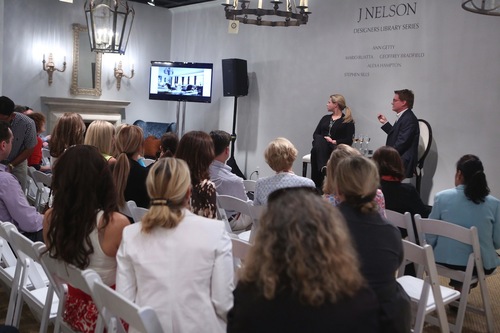Yesterday Microsoft conducted a pre-launch of Windows 10, demonstrating its features in an effort to excite developers and create some buzz before consumer launch later in 2015.
Were you aware of the event? Did you try to watch the live stream, offered via the Microsoft web site? Were you eager to read what people thought of the product? Did you look for reviews in the Wall Street Journal, and other general news outlets?
Microsoft really blew it with Windows 8 – which is the second most maligned Windows product ever, exceeded only by Vista. But that wasn’t hard to predict, in June, 2012 . Even then it was clear that Windows 8, and Surface tablets, were designed to defend and extend the installed Windows base, and as such the design precluded the opportunity to change the market and pull mobile users to Microsoft. Windows 8 was a massive investment that was too late, and misdirected, costing the company billions of dollars, and untold costs in reputation and industry relevance
 Unfortunately, Windows 10 has been developed along a similar track as Win8
Unfortunately, Windows 10 has been developed along a similar track as Win8
At the event’s start Microsoft played a video driving home how it interviewed dozens and dozens of loyal Windows customers, asking them what they didn’t like about 8, and what they wanted in a Windows upgrade. That set the tone for the new product.
Microsoft didn’t seek out an answer to what would be required to convince existing mobile users already on iOS or Android to throw away their devices and buy a Microsoft product. Microsoft didn’t ask its defected customers what it would take to bring them back, nor did it ask the over 50% of the market using Windows 7 or older products what it would take to get them to go to Windows mobile rather than an iPad or Galaxy tablet.
Nope. Microsoft went to its installed base and asked them what they would like. And then it built Windows 10 for its historical customers. Rather than its future customers.
Imagine it’s 1975 and for 2 decades you have successfully made and sold small offset printing presses. Every single company of any size has one, or more, in their basement. But customers have started buying really simple, easy to use Xerox machines. Fewer admins are sending even fewer jobs to the print shop in the basement, as they choose to simply run off a bunch of copies on the Xerox machine. Of course these copies are more expensive than the print shop, and the quality isn’t as good, but the users find the new Xerox machines good enough, and they are simple and convenient.
What are you to do if you make printing presses? You probably need to find out how you can get into a new product that actually appeals to the users who no longer use the print shop.
But, instead, those press companies went to the print shop operators (their installed base) and asked them what they wanted in a new, small printing press. And then these companies upgraded their presses and other traditional printing products based upon what that installed base recommended. And it wasn’t long before their share of printing eroded to a niche of high-volume, and mostly color, jobs. Meanwhile the commercial print market transitioned almost entirely to Xerox.
Windows 10 is an installed base blunder, rather than a futuristic solution
When developing Windows 10 Microsoft asked its installed base what it wanted in an operating system. But t he problem isn’t the installed base, it’s the substitute products (mobile devices on iOS and Android) that are killing the company . Microsoft didn’t need input from its installed base of loyal users, it needed input from people who have quit using laptops in favor of iPads.
There are a lot of great new features in Windows 10. But they really don’t matter.
Source:




